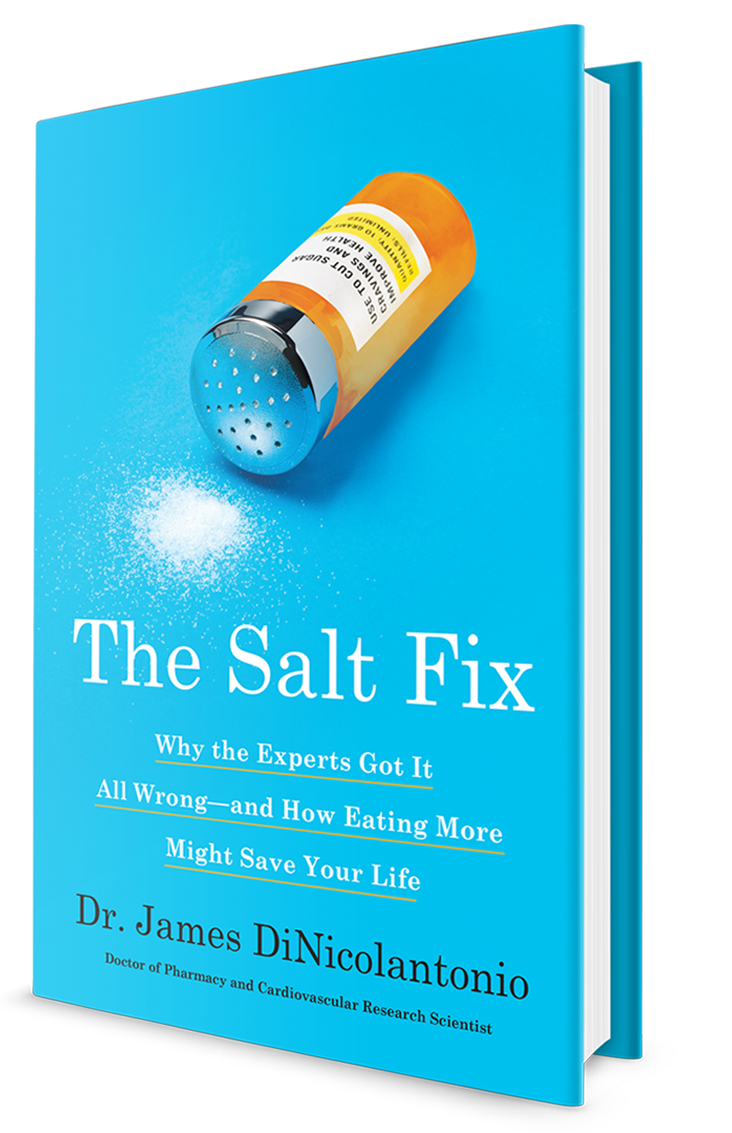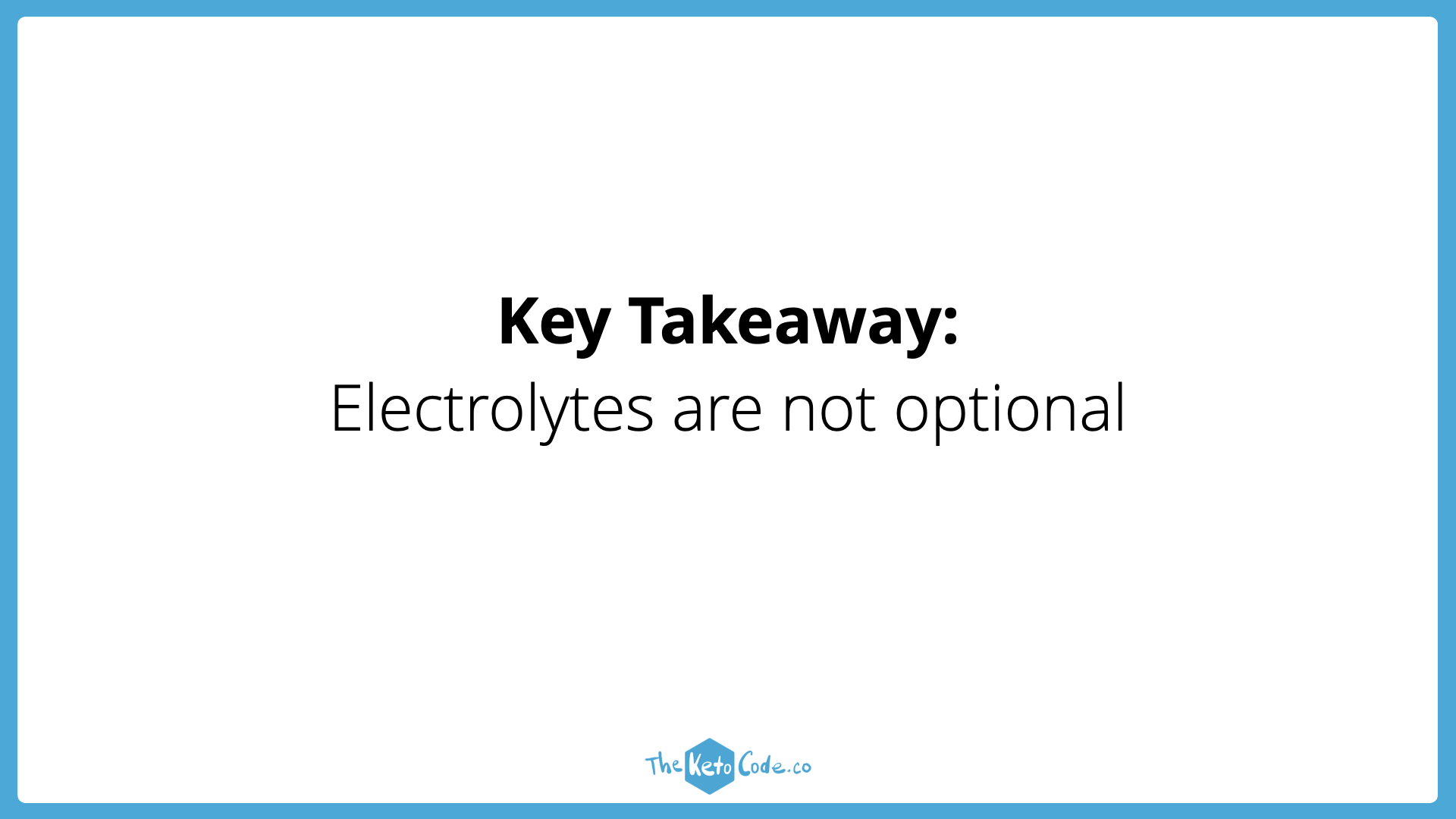Beating the Keto Flu
Some people... not all, experience flu-like symptoms during the first couple of weeks of a Ketogenic diet.
This is known as the Keto-Flu and it's completely normal.
Just like kicking any bad habit, smoking, caffeine addiction, etc... you are going to go through some withdrawals.
Giving up carbs and sugar has the same effect.
You may experience fatigue, headaches, dizziness, low energy, constipation, nausea, etc...
You may want to give up and go back to your old eating habits. DON'T!
It only lasts for a week or so and there are some things you can do to minimize the effects of the Keto flu, try this:
What is “keto flu” and how long will I have it?
During the induction phase of a Ketogenic Diet, most people experience a horrid “flu” that often makes people believe from the start that it isn’t right for our bodies. Consider it the first of your many trials to come. The flu is a manifestation of your mental and physical dependence on carbohydrates and the body is essentially going through a phase where it has to learn to use fat as fuel.
The Keto flu can be treated or even avoided by replenishing your electrolytes.
The flu-like symptoms should dissipate in a few days or weeks. But be warned: For as long as you eat low-carb, if you don’t take care to get enough sodium, potassium, and magnesium (a.k.a. electrolytes) in your diet, you may experience fatigue, muscle twitching, headaches, muscle cramping, and in severe cases, arrhythmia. Leg cramps may be the most common sign that your electrolytes are out of balance.
How do I replenish electrolytes?
Even if you go out of your way to eat lots of table salt and foods containing potassium and magnesium, you may find you need to take supplements. The minimum daily intake for the three electrolytes is given by Lyle McDonald as:
- 5000 mg of sodium (salt)
- 1000 mg of potassium, in the form of potassium chloride or potassium sulfate
- 300 mg of magnesium
(You can track the intake of these minerals with a tool such as My Fitness Pal).
Most of us will not reach these suggested totals with food alone, but there are several ways to ingest extra electrolytes:
- Drink 1 or 2 cups of bouillon or broth daily
- Measure salt and/or salt substitute to add to your food over the course of the day
- Take a multivitamin containing magnesium and/or potassium
- Take a magnesium supplement
- Use salt or salt substitute to meet the minimum daily intake, over the course of the day
- Don’t take large amounts, e.g. >250mg of salt substitute (potassium) at once to avoid adverse effects. Spread it out over the day instead
- Potassium supplements in capsule/tablet form are limited to 99mg per dose for safety and convenience
- Note: Unfortunately, many potassium-rich foods are not keto-friendly (for example, don’t eat bananas unless you want to get knocked out of ketosis)
The section above was curated in the Reddit Keto FAQs.
I personally add one packet of these LMNT electrolyte supplements to a pitcher of water every day. It makes water less boring and it's an easy way to get some additional electrolytes. #affiliatelink
My favorite kind of salt that I put on literally everything that I eat is Redmond Real Salt (I prefer the coarse variety).
Extra Credit: The book The Salt Fix was eye-opening, to say the least. I doubt you want to read an entire book about salt, so here's an in-depth book review from a registered dietician.

Key Takeaway: Salt is your friend on a low-carb diet. Salt your food liberally. It won't cause high blood pressure.

The KetoCode Commandments
11 practical guidelines that will help you achieve SAFE, SUSTAINABLE, FAT LOSS




